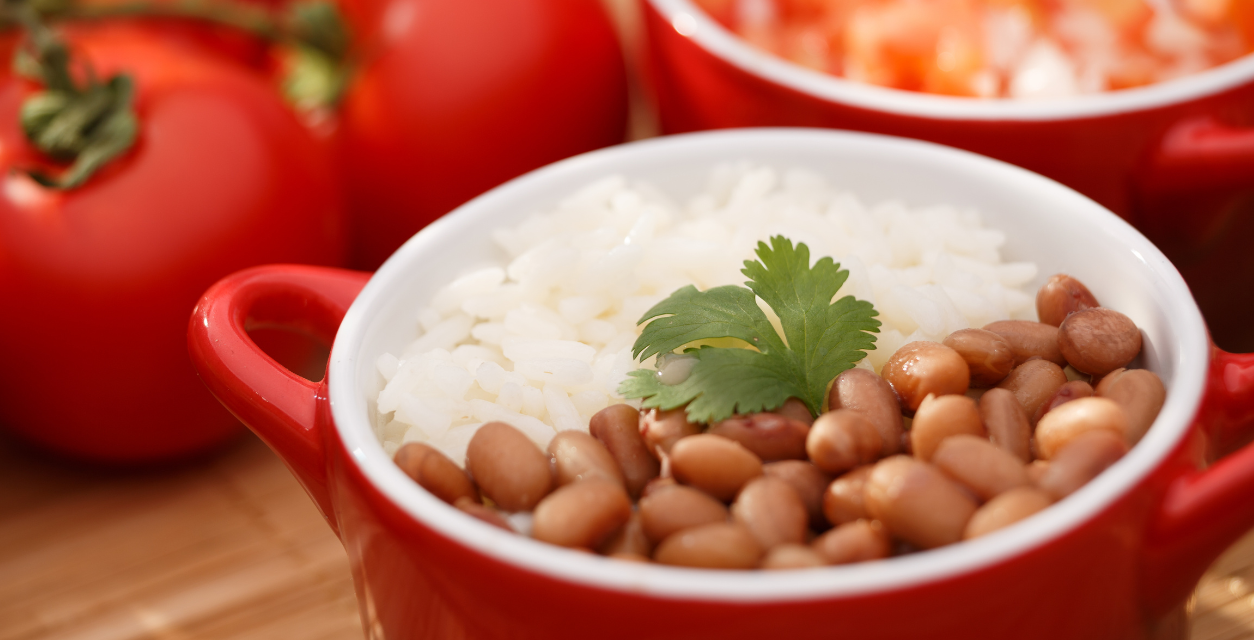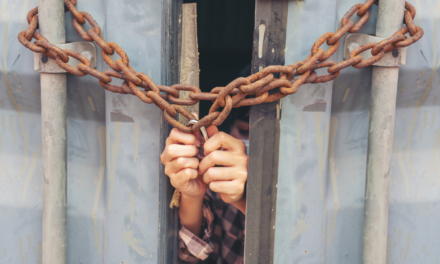Several years ago, I witnessed a unique community event centering around Thanksgiving. At first glance, it doesn’t seem to relate to money. It actually does, because it is about mindset, collaboration, education and it led to surprising discoveries. Take this short journey with me and let’s go deeper into thanksgiving.
It began when a coalition of churches of all denominations within the suburban area put out a challenge to the community. Wow! I was impressed with this collaboration alone. Never had I seen people coming together across denominational lines in this manner. Rarely had I witnessed churches engaging the community and drawing people into something not at all about religion. Bravo! I was already intrigued.
Sacrifice
The challenge was a call to give up normal eating habits for thirty days prior to Thanksgiving Day and instead eat only beans and rice. That’s right. This coalition challenged the citizens of the town to forego steaks and chicken, pasta and sauces, vegetables and fruit, tantalizing desserts, and all beverages except for water and tea –for an entire month! The affluent mid-western community was invited to identify with the vast majority of the world’s population. The population who subsists on basic staples to sustain life—just beans and rice with water. The goal was to raise awareness of world poverty and instill a keen sense of gratitude. Thirty days of sacrifice would create a whole different level of gratitude when the day of celebration finally arrived.
Hundreds of families accepted the challenge. Mostly just the adults were on board, but a few brave children participated, also. Not surprisingly, many took frequent breaks in the thirty-day “fast” allowing for a few proverbial cheat days. Nonetheless, the results were astounding.
First, as expected, all participants were deeply grateful for turkey, dressing, gravy, and cranberry sauce served on Thanksgiving Day. They relished every morsel with great joy. Prayers of gratitude were more heartfelt and included greater concern for the poor and hungry. A profound sense of connection and community gratitude came from knowing that across the town, thousands were immersed in the same experience.
New Perspective
Second, conversations within families were more profound. So much of life was different. Grocery shopping was simplified in a way but brought with it a sense of loss—not being allowed to walk the aisles looking for tasty main dishes, side dishes, and treats. Even when the children did not participate, they were curious about what was going on, which opened up dialogue that would not have been engaged in otherwise. Families reported great times of discussions about values, and of course, feelings of gratitude exploded in areas that were formerly taken for granted.
Third, the food budgets were slashed. Without meat, fruits, veggies, milk, cheese, snacks, and beverages in the cart, checkout was rather inexpensive. Many families (those who kept careful records) donated their savings to charities to help feed the less fortunate for the holidays. Others decided they should do beans and rice more frequently, to decrease expenses and as a reminder of the bounty of our land.
Finally, a surprising outcome for many: improved health and weight loss! Health markers like blood pressure, cholesterol, and blood sugar registered more positive results for many people. Almost everyone shed a few pounds. Did the lack of variety drive people to eat less? Maybe. Eliminating junk food helped for certain. And maybe the beans provided more protein, fiber, and other nutrients than the normal American diet.
Community Gratitude Flourished
These benefits were experienced by the individual families who participated. But the impact was felt far beyond just those family units. The entire community watched with wonder and was drawn into the drama emotionally — a true sense of community gratitude. I was among those who did not actually participate in the program, having heard about it only after Thanksgiving weekend. But I was overwhelmed with a sense of delight and respect for my community. The atmosphere seemed different for weeks following, as people talked about the experience and shared feelings and learnings. How much money did we save? How much did we give to charities? What permanent changes would we make in our attitude toward food? About poverty? Toward benevolence? About gratitude? Kids were talking about it in schools. In this state of heightened awareness, gratitude flourished.
I Learned
I listened to the personal stories and replayed scenes in my head year after year. It drove me to find a way to share with those who cannot afford a feast on Thanksgiving Day. My discovery was gratitude is learned, and sacrifice improves thankfulness. I learned that whether our resources are financial, emotional, physical, or spiritual, wealth is created when citizens of a community come together to sow seeds of concern, raise awareness of needs, circulate human kindness, and compound the rewards.
This has been a challenging economic year for all of us, and the outlook for the immediate future is unlike anything we’ve ever seen before. As we search for ways to feel secure, banish fear, find happiness and peace of mind not tied to circumstances, find new ways to grow in gratitude. Leave a lasting legacy of thanksgiving. As our lives manifest greater gratitude, the wealth of our community is increased.
For more articles from Gail











